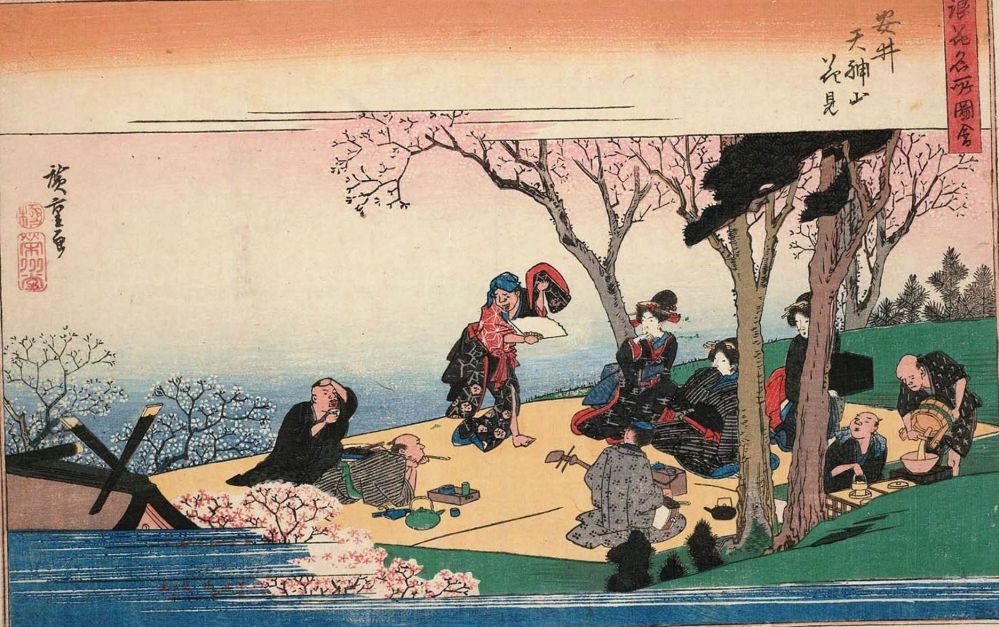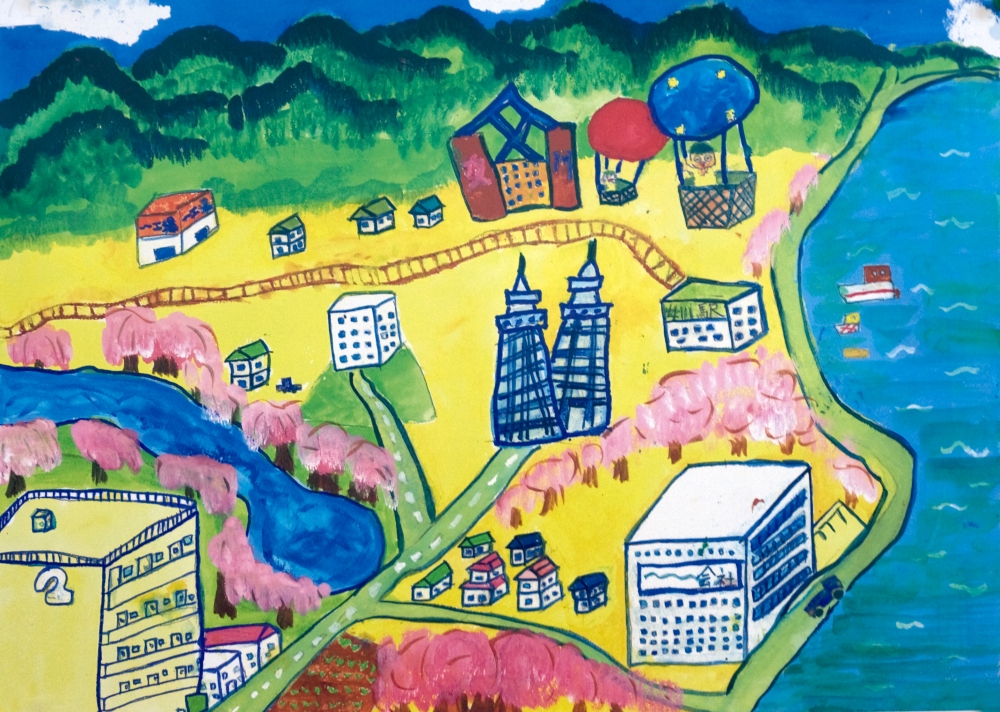By Contributor Diego Rojas
Warmer temperatures are starting to thaw out the snow, and the intensity that comes with the winter festivals is fading. Locals around the country are getting set for one of their favorite seasons, spring! As warmth fills the air, a new round of matsuri or festivals takes over people’s minds and hearts.

Spring’s colorful festival line-up includes the drama of men shooting arrows from galloping horses, life-size puppets dazzling crowds with their performances, and shirtless men running under fireworks to honor the gods. These April matsuri will take you around central Kanto to Kanagawa, Shizuoka, Gifu, and Tochigi prefectures. The festivals are the perfect opening act for the cherry blossom season.










